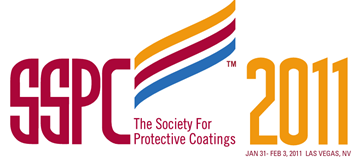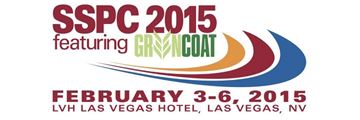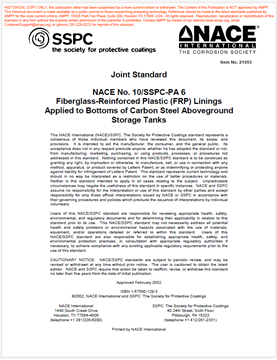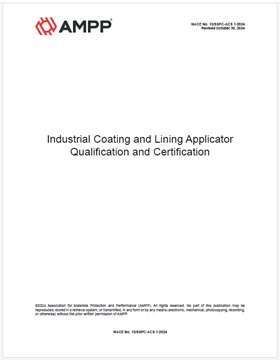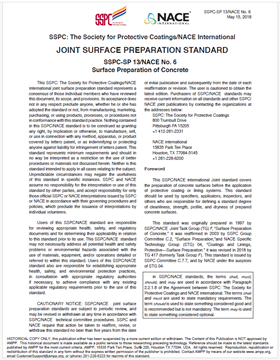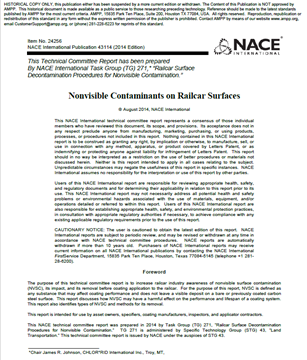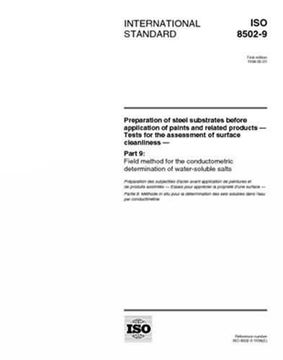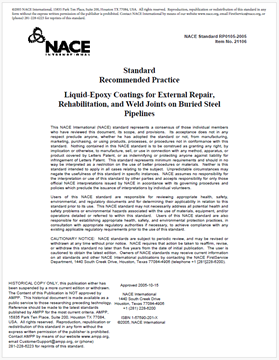Search
Products tagged with 'surface preparation'
View as
Sort by
Display
per page
Making It Work - When to Reconsider Coating Specifications
Product Number:
41211-645-SG
Publication Date:
2011
$20.00
Measuring Vertical Concrete Surface pH: Viable Test Method for Severe Service Exposures
Product Number:
41215-917-SG
Publication Date:
2015
$20.00
NACE Emergency Guideline 1-HD1995-SG Maintenance Painting of Electrical Substation Apparatus Including Flow Coating of Transformer Radiators
Product Number:
21391-HD1995
Publication Date:
1995
$179.00
NACE No. 10/SSPC-PA 6, Fiberglass-Reinforced Plastic (FRP) Linings Applied to Bottoms of Carbon Steel Aboveground Storage Tanks
Product Number:
21093-SG
Publication Date:
2002
$179.00
NACE No. 13/SSPC-ACS 1-2024, Industrial Coating and Lining Applicator Qualification and Certification
Product Number:
NACE No. 13/SSPC-ACS 1-2024
Publication Date:
2024
$109.00
NACE No. 4/SSPC-SP 7-2006-SG (Spanish), Limpieza Abrasiva Superficial
Product Number:
21180-SG
ISBN:
1-57590-102-1
Publication Date:
2006
$179.00
NACE No. 6/SSPC-SP 13-2018, Surface Preparation of Concrete
Product Number:
21082-SG
Publication Date:
2018
$179.00
NACE Publication 43114-2014, "Nonvisible Contaminants on Railcar Surfaces"
Product Number:
24256-SG
Publication Date:
2014
$179.00
NACE Publication 6G186-1986-SG, Surface Preparation of Contaminated Steel Surfaces
Product Number:
24118-SG
$179.00
NACE Publication 6G186-2010-SG, Surface Preparation of Soluble Salt Contaminated Steel Substrates Prior to Coating
Product Number:
24243-SG
Publication Date:
2010
$109.00
NACE Publication 6G194/SSPC-SP-TR 1-1994, Thermal Precleaning
Product Number:
24183-SG
ISBN:
6G194 NACE/SSPC
$109.00
NACE RP0105-2005, Liquid-Epoxy Coatings for External Repair, Rehabilitation, and Weld Joints on Buried Steel Pipelines
Product Number:
21106-SG
Publication Date:
2005
$179.00

